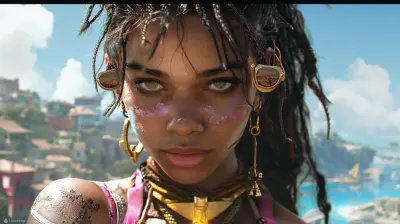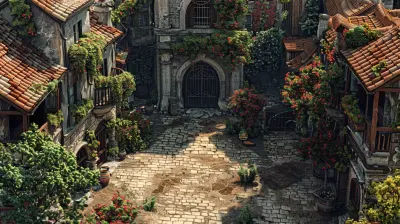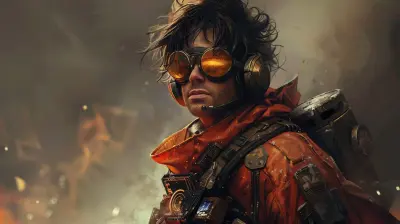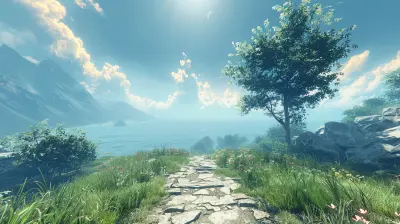The Influence of Super Mario on Modern Platformer Design
12 June 2025
When you think of platforming games, what pops into your head first? Odds are, it's a red-hatted plumber with a penchant for jumping on turtles and stomping Goombas. Yep, we’re talking about the legendary Super Mario. But did you ever stop to wonder just how deep Mario's influence runs in the world of modern platformers? Spoiler alert: it's massive.
Super Mario didn't just define a genre; it reshaped how we experience movement, challenge, and creativity in video games. So, grab your power-up mushrooms and let’s take a deep dive into how everyone's favorite Italian plumber transformed platformer design forever.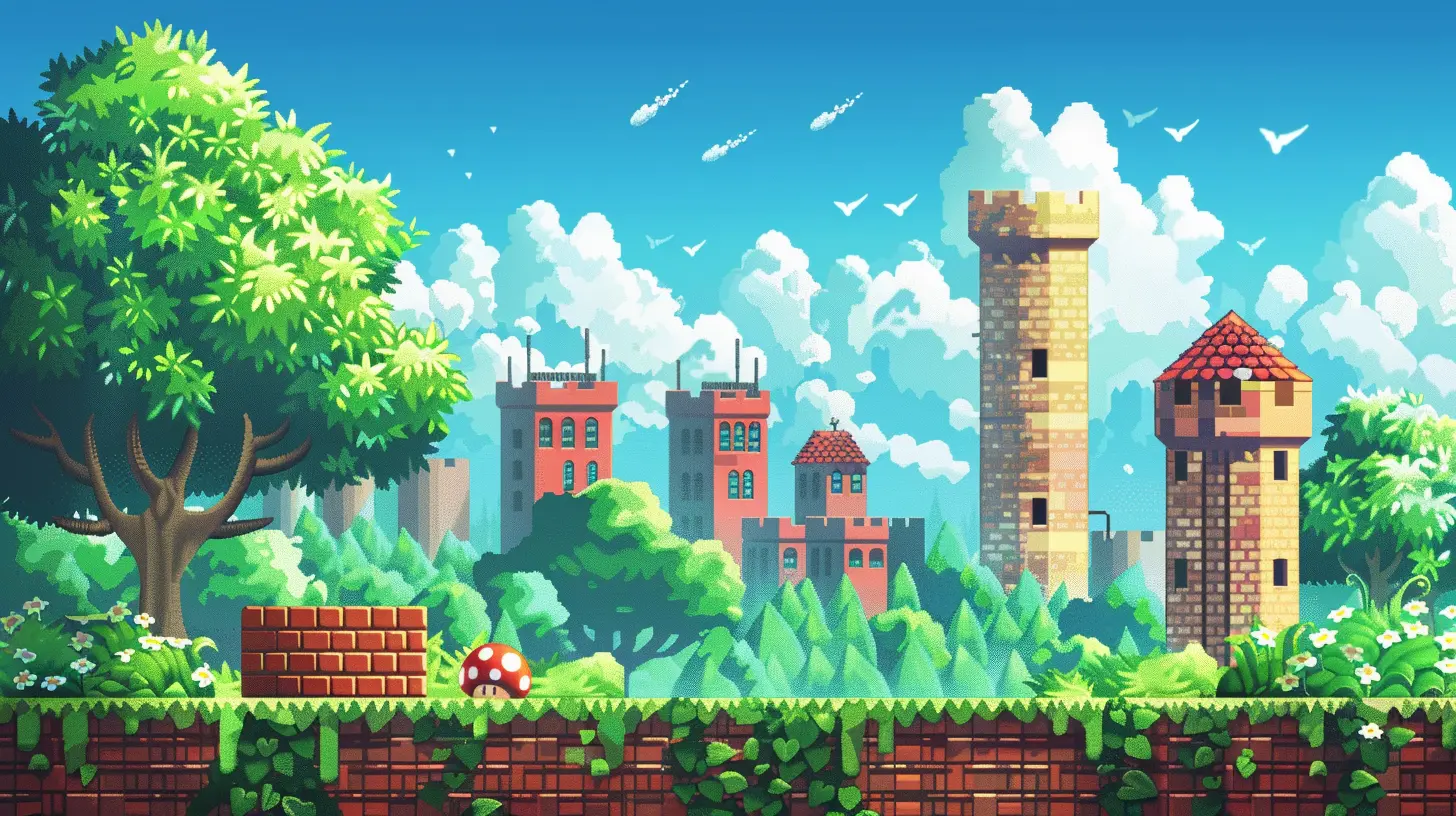
The Birth of a Genre Icon
Super Mario Bros. (1985): The Game That Redefined Everything
Before 1985, games were still figuring themselves out. But then, Super Mario Bros. landed on the NES and blew the gaming world wide open.This wasn’t just another arcade title. It gave players something new—freedom, momentum, and exploration. Jumping wasn’t just a mechanic—it was the soul of the game. The smooth acceleration and deceleration, the feeling of gravity, the precise control—nobody had packaged it like that before.
It laid the foundation for what today feels "natural" in platformers. And here's the kicker: most modern platformers, whether they admit it or not, borrow a little bit (or a lot) from Mario’s playbook.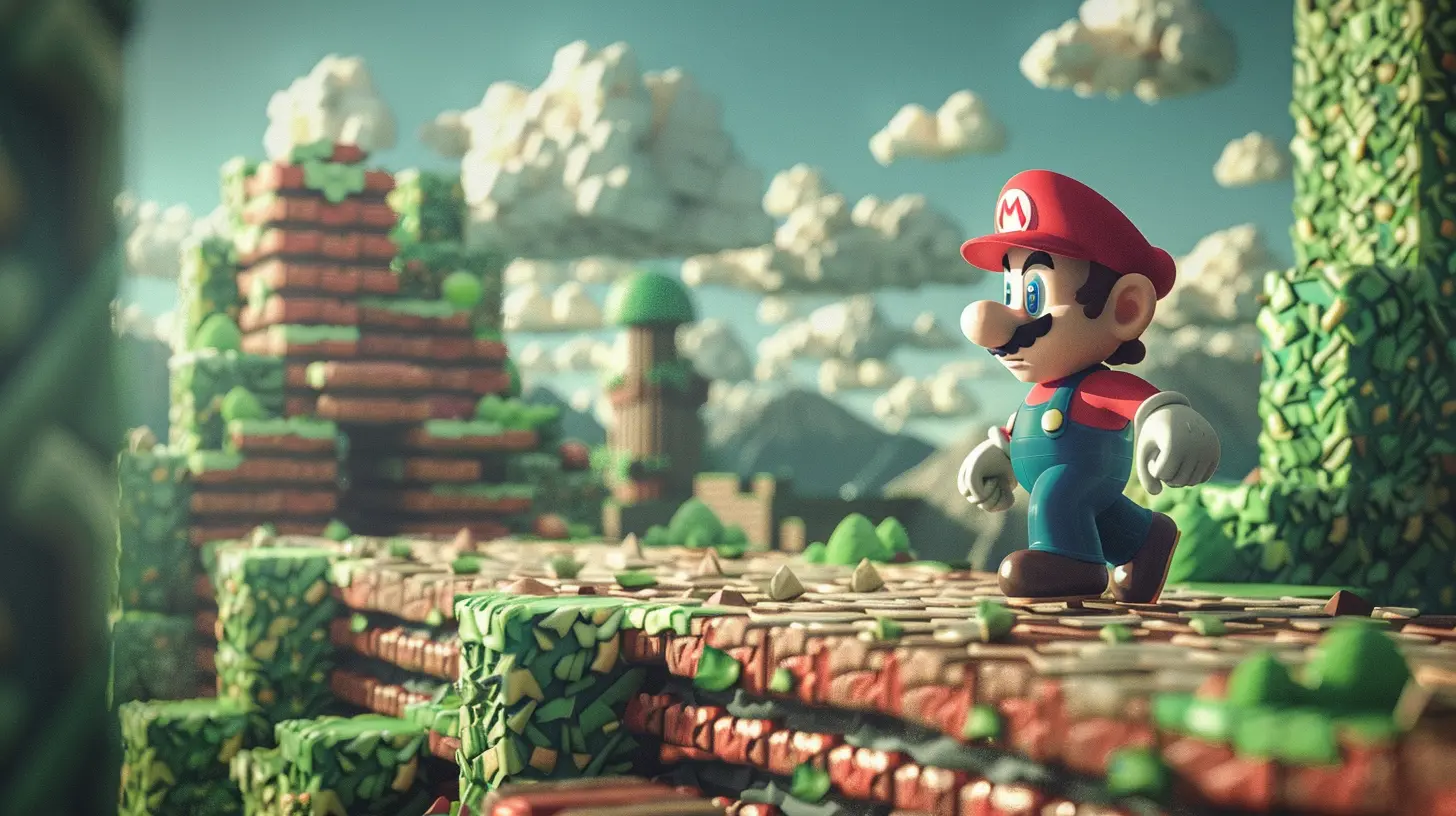
Movement: It's All About the Feel
Tight Controls and Fluid Movement
Ever play a game where the character feels like they're on ice skates? Not fun, right?Super Mario made sure his games felt right. Jumping had weight. Speed mattered. Running and stopping responded like clockwork. That perfect balance between reality and fantasy became the gold standard.
Fast forward to today—games like Celeste, Hollow Knight, and Ori and the Blind Forest all take cues from Mario’s movement dynamics. They add their flavor, sure, but the DNA? It's unmistakable.
Introducing Momentum-Based Gameplay
Mario wasn’t just about A to B. The faster you moved, the higher you could jump. Timing became your best friend—or your worst enemy.Platformers today thrive on this momentum-based gameplay. Think Super Meat Boy—you’re flying through levels, wall-jumping, dodging spikes. It’s chaos… but controlled chaos. And that idea started with Mario.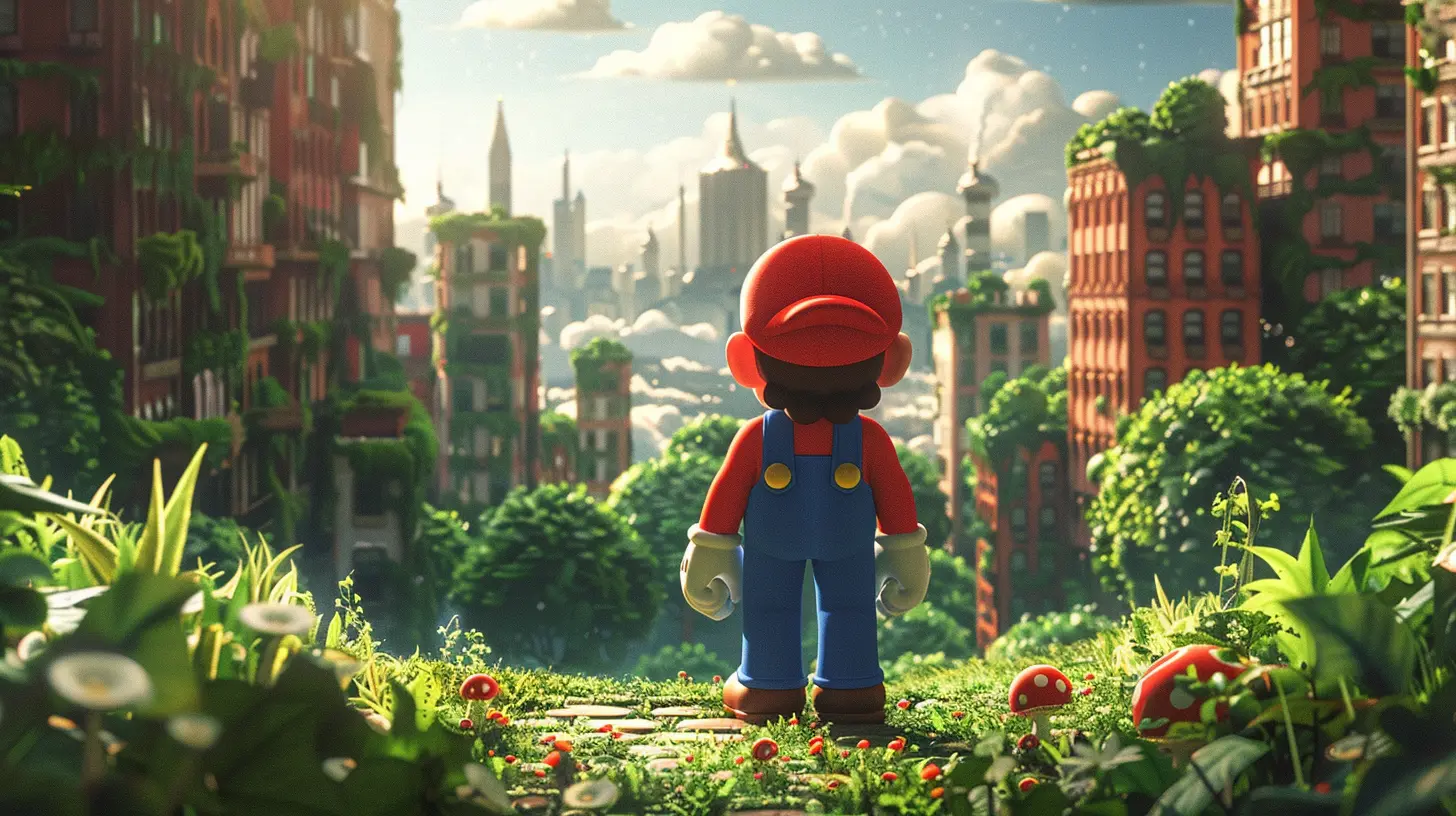
Level Design That Taught Without Words
The Genius of World 1-1
Let’s talk about World 1-1, shall we?This level is practically a masterclass in game design. No tutorial, no pop-up boxes. But somehow, you just knew what to do. Why? Because the game showed you.
Goomba approaches—you try jumping. Coin blocks sparkle—you hit them. A mushroom comes out—it moves. You follow it. Boom—you’re learning, without realizing it.
Modern indie gems like Shovel Knight and Rayman Legends use this same technique. Subtle guidance, environmental storytelling, intuitive progression—it all traces back to Mario’s early levels.
Secrets, Exploration, and Reward
Remember finding your first warp zone? That secret 1-Up block? Mario made hidden rewards feel magical.Today’s platformers are packed with hidden paths, secret rooms, and collectibles. That sense of curiosity—it’s another gift from Mario. Games such as Fez and Little Nightmares thrive on this curiosity, blending it with deeper narratives and unique art styles.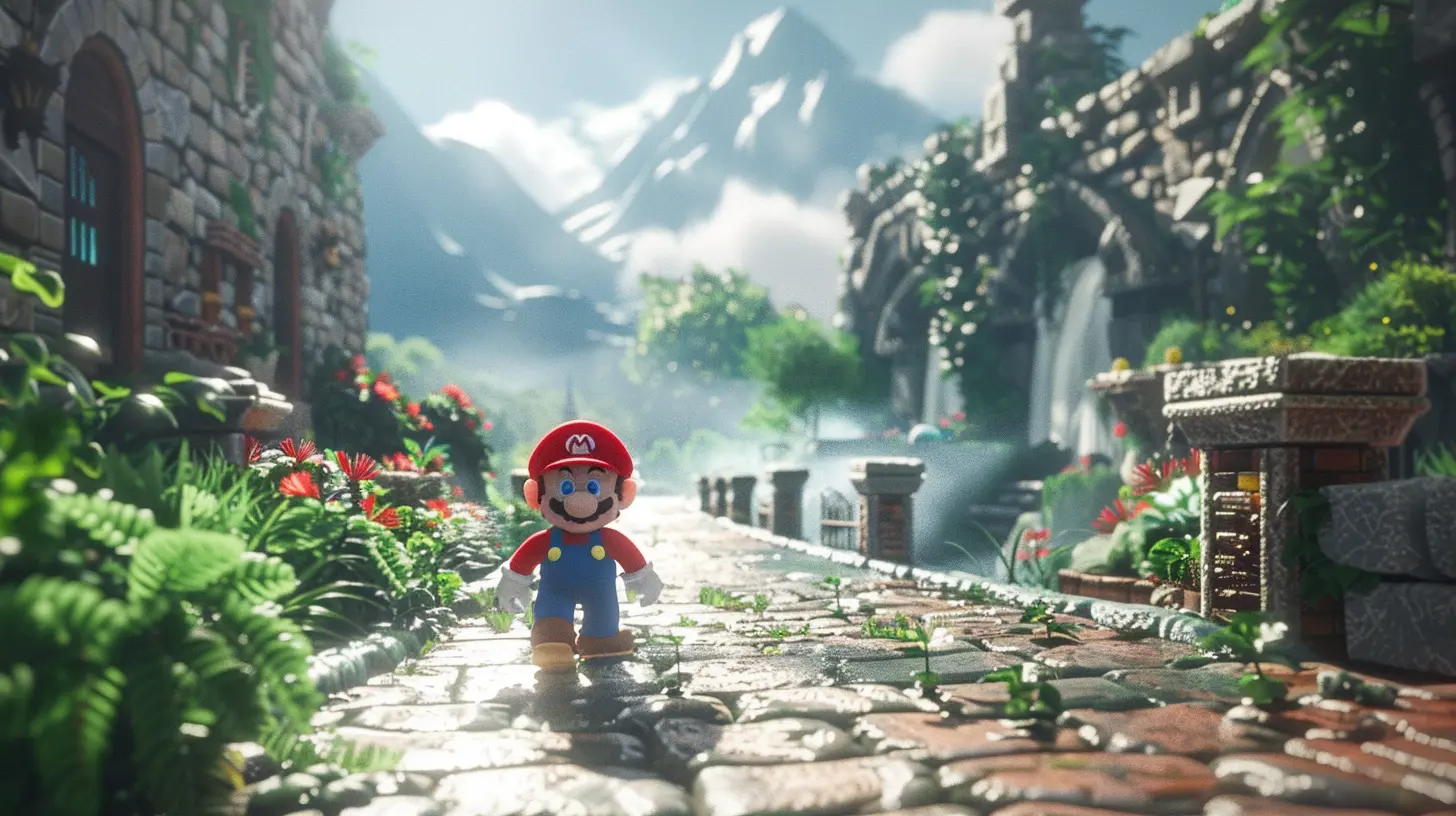
Power-Ups: More Than Just a Gimmick
What’s a Mario game without its power-ups? The Fire Flower, Tanooki Suit, Cape Feather—each one changed the way you played.This wasn’t just cosmetic; it was transformative. New power-ups meant new strategies. They added depth, variety, and excitement.
Modern platformers took that concept and ran with it. Look at Guacamelee!—you’ve got different abilities unlocking new areas, adding combat techniques, and even altering the game world itself. It’s the Mario mentality: mix things up, keep it fresh.
A Sense of Progression and Pacing
Layered Challenge = Longevity
Super Mario games were never just about beating the level. They were about mastering it.You could blaze through a stage, but coming back to collect all the stars, stamps, red coins? That’s where the depth lived.
Now, almost every modern platformer has layered challenges—optional objectives, collectibles, time trials. It’s all designed to keep you engaged longer without feeling repetitive. Mario taught us that challenge isn't about being hard—it’s about being rewarding.
Evolving Worlds and Difficulty
Every Mario world introduces a theme or gimmick: underwater sections, gravity mechanics, auto-scroll stages. They’re bite-sized innovations that scale up the difficulty without overwhelming you.Games like Donkey Kong Country: Tropical Freeze and Cuphead follow this blueprint—new rules, new obstacles, and always something unexpected. You stay on your toes, but you’re never lost.
Visual Language: Simple, But Iconic
Clarity is King
Mario’s visuals have always been bright, crisp, and readable. You could spot an enemy or a coin instantly. The backgrounds weren’t cluttered, and everything served a purpose.Modern platformers learned this lesson well. Games like Celeste use simple pixel art, but every object pops. Nothing feels out of place. And in fast-paced platformers, that clarity is crucial—it can mean the difference between life and death.
Evolving Color Palettes and Themes
Mario also wasn’t afraid to experiment visually. From the pastel wonderland of Yoshi’s Island to the mind-bending gravity of Super Mario Galaxy, each game looked unique.Today’s devs embrace that boldness. Look at games like Limbo or Gris—they break the mold and take risks with their visuals. But the confidence to try new aesthetics? It started with Mario pushing boundaries.
Sound Design and Musical Identity
Do-do-do-dodododo… You hummed that, didn’t you?Mario’s sounds and music are legendary—and more importantly, functional. Sound effects give feedback. Music sets the pace and mood.
Modern platformers continue this tradition. The dynamic soundtrack in Celeste adapts to your progress. Sound cues in Hollow Knight let you anticipate enemy strikes. It’s not just catchy—it’s integral.
Multiplayer Mayhem and Co-Op Chaos
Bringing Friends Into the Fun
Mario didn’t start as a multiplayer platformer. But with New Super Mario Bros. and Super Mario 3D World, it embraced chaos—and we loved every second of it.Multiple players bouncing off each other, racing for power-ups, messing up jumps—it was messy but hilarious.
Now, multiplayer platformers are a genre of their own. Think Overcooked or Heave Ho. They capture that silly, joyful mess that Mario introduced. It’s not just about moving left to right—it’s about laughing along the way.
The Indie Revolution and Mario’s Shadow
Mario DNA in Indie Games
The indie boom brought us hundreds of platformers, each with its style and flair. But scratch the surface, and Mario’s fingerprints are everywhere.Celeste builds on precise jumping and tight control. The Messenger transitions between time periods like Mario switched art styles. Dead Cells throws in procedural design, but movement still has that Mario-inspired smoothness.
Even Super Meat Boy, with all its blood and saw blades, is just Mario’s ruthless cousin—faster, meaner, but born from the same mold.
Mario’s Ongoing Evolution
Reinventing Itself Without Losing Its Soul
That’s the real magic of Mario—it never gets stale. From 2D sidescrollers to 3D sandbox epics like Odyssey, Mario constantly evolves while staying recognizably Mario.This balance of tradition and innovation is something every platformer chases. How do you stay fresh without losing your roots? Mario figured it out decades ago—and it’s still showing everyone how it’s done.
Final Thought: Mario Is More Than a Mascot
He’s the blueprint.Super Mario didn’t just launch a franchise. He built a framework that's still being used—and evolved—by every modern platformer worth its coins.
From movement to level design, visuals to music, challenge to innovation—Mario’s influence is everywhere. And while game devs continue to put their unique spin on things, they all owe a little nod to the plumber who started it all.
So the next time you wall-jump through a tight corridor, unlock a hidden door, or grab a double-jump power-up, just remember: somewhere, Mario did it first. And he probably looked cooler doing it.
all images in this post were generated using AI tools
Category:
Platformer GamesAuthor:

Tayla Warner
Discussion
rate this article
3 comments
Gabrielle McMeekin
Super Mario's innovative level design, character mechanics, and power-up systems have fundamentally shaped modern platformers. Its emphasis on player-friendly challenges and memorable art style continues to inspire developers in creating engaging experiences today.
June 16, 2025 at 2:35 PM

Tayla Warner
Thank you! I'm glad you appreciate how Super Mario's creativity and design principles have set the foundation for modern platformers. Its impact truly resonates in the gaming industry today.
Veda Gomez
Super Mario: the blueprint that turned platformers from basic hops to epic, imaginative adventures.
June 16, 2025 at 2:40 AM

Tayla Warner
Thank you! Super Mario truly revolutionized platforming by introducing rich worlds and creative gameplay, setting the standard for future adventures.
Zane Martin
Super Mario: the tiny plumber with a big impact! Jumping into platformer design, he’s the hero every game needs!
June 12, 2025 at 4:38 PM

Tayla Warner
Thank you! Mario's innovative gameplay and character design truly set the standard for platformers, inspiring countless games and developers.
